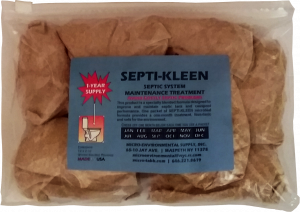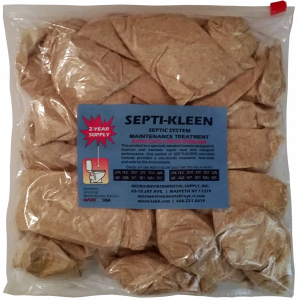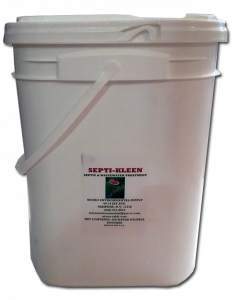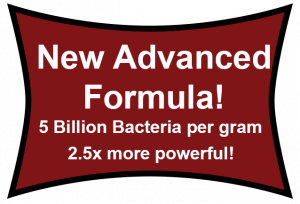
Septic Tank Treatment
All household waste is disposed of through the septic system. The proper operation of the septic is essential to health, property value, and the ecology. All home owners with septic systems should know what the tank and leachfield are and how they work. They should also be aware of the causes and costs of a failed system to better avoid these conditions. The diagram at the right shows a basic breakdown of the quantity and composition of waste generated by a typical household. Remember to consult your septic professional as they can help tailor a plan to your specific needs.
- 40% – TOILET
- 30% – Bathing
- 15% – Laundry
- 10% – Kitchen
- 5% – Misc.
For proper separation, the three components must remain in the tank for an adequate period of time referred to as the retention time. Under ordinary conditions and routine maintenance pumping, a typical tank should be able to provide two to three days of retention time. If too much of the tank volume is occupied with the sludge and scum, separation does not occur correctly and solids are passed out into the leachfield with the effluent. This can clog the drainfield pipes and could cause the system to fail. The tank is designed to accommodate sludge and scum for an extended period of time.
After the wastewater leaves the tank, it typically enters the drainfield or leachfield which is designed to provide both disposal and treatment of the septic tank effluent. This effluent flows from the tank in a watertight pipe then is dispersed through perforated pipes surrounded by gravel. The effluent seeps through the gravel and into the soil beside and beneath the pipe’s trenches. The effluent is further purified as it is filtered and biologically treated as it passes through the biological mat on the walls and bottom of the trenches. It is finally taken up by plants or percolated to groundwater.Package:
- 12 – monthly 2 oz. water soluble packets per kit.
- 24 – monthly 2 oz. water soluble packets per kit.
- Bulk Pail of 200 – 2 oz. water soluble packets.








